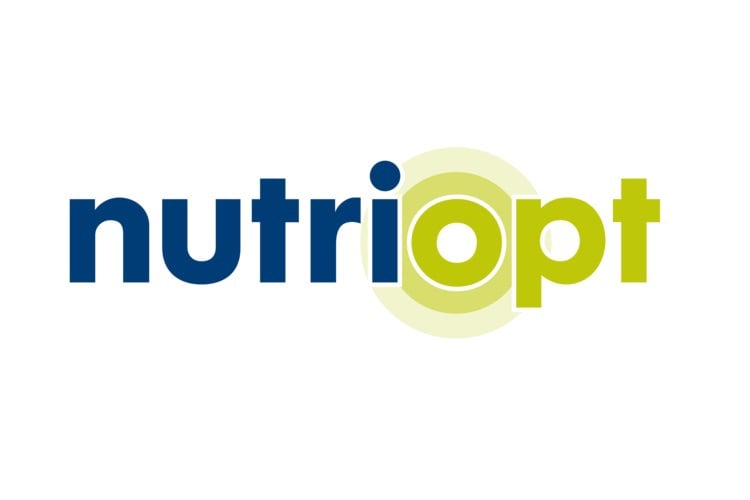
NutriOpt Optimal Performance (Sow Model)
Calculate the effect of sow feeding programmes and get advice on required nutritional changes.

The quality of raw materials is at risk from physical, chemical and especially, microbiological issues, including bacteria, moulds, yeasts and mycotoxins. Controlling the level of feed safety requires an integrated approach, involving checks at each part of the feed supply chain.

Today’s sows are highly productive and more demanding when it comes to nutrient supply. To reach highest sow potential, it is essential to have feed designed according to the animal needs, applied with an adequate feeding programme. Farmers who focus on optimal management of feeding programmes will increase the longevity of their high-prolific sows in a predictable way.

Water is the most important and, at the same time, most neglected nutrient. A highly productive sow who gives birth to 14 to 16 piglets produces 14 to 15 litres of milk a day. Drinking large volumes of clean, fresh water during lactation, enables sows to produce adequate milk for large litters. The microbiological quality of water has a tremendous impact on health and performance.
For best results, farmers should carefully monitor hygienic conditions starting at the source and continuing to guard it throughout the water system. We encourage making good water hygiene an integral part of every biosecurity and farm management programme.
Excellent sow management is a combination of good health practices, varied, optimised diets and a sound breeding programme.